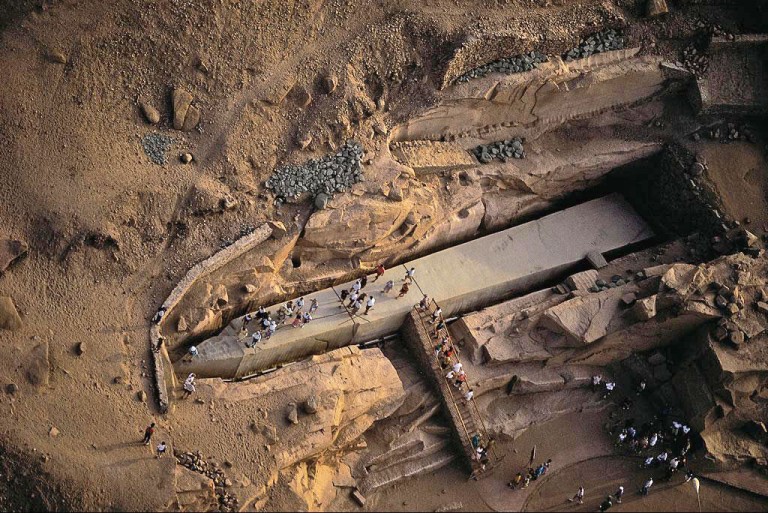The largest known Egyptian obelisk is called the “unfinished obelisk”, which today can be found exactly where it was once semi-carved from the solid bedrock.
This stone block was intended to be a 120ft tall obelisk.
It is estimated that a block of granite this size would easily weigh more than a 1000 tons, some geologists have suggested a figure in the region of 1100 tons – 1150 tons.
Unfortunately this obelisk was never finished because during the process to remove the block of stone from its mother bedrock, a huge crack appeared that made the stone unusable.
Apart from its intended use, the stone had no reusable value to the stonemasons of the day, and this resulted in the stone being totally abandoned (possibly in the reign of Queen Hapshepsut – 18th Dynasty).
We get cross and annoyed and stressed when we forget to save a WordDoc on our computers.
Now take a minute to think of how many man-hours were wasted in getting the unfinished obelisk to the state at which it was abandoned.
The big question is always this: How did they do it? There are diorite pounding stones placed all around the site to demonstrate the way in which they must have quarried the granite.
Diorite is only slightly harder than granite. Several engineers, and Egyptologist Mark Lehner, tried pounding the granite with diorite balls to see how long it would take. Estimates went up to around 8 months to release the Obelisk from the bedrock.
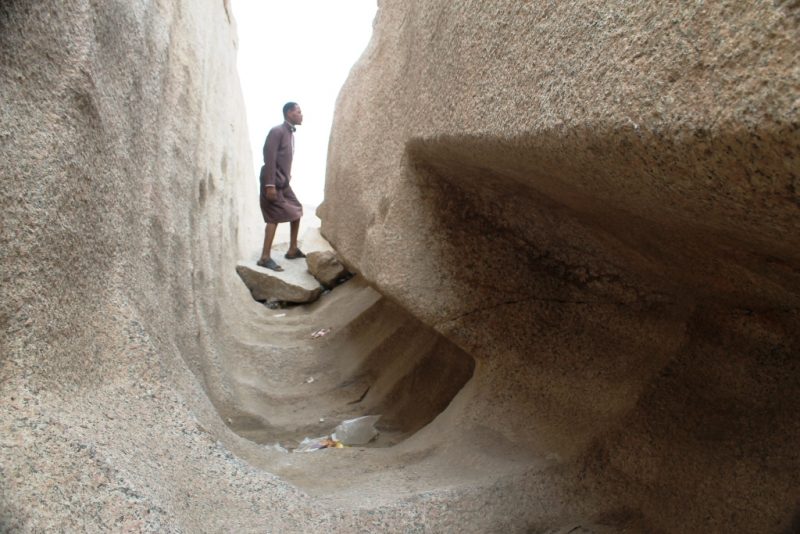
Engineer Christopher Dunn calculated that it would have probably taken much longer to complete such a task, and almost impossible in the cramped conditions that the workers would have had to suffer.
Then, of course, it has to be removed, erected, and transported to the final destination.
There are many other Obelisks all over Egypt, and now in other countries, and their function and purpose is still a mystery, but at least we know where they came from.
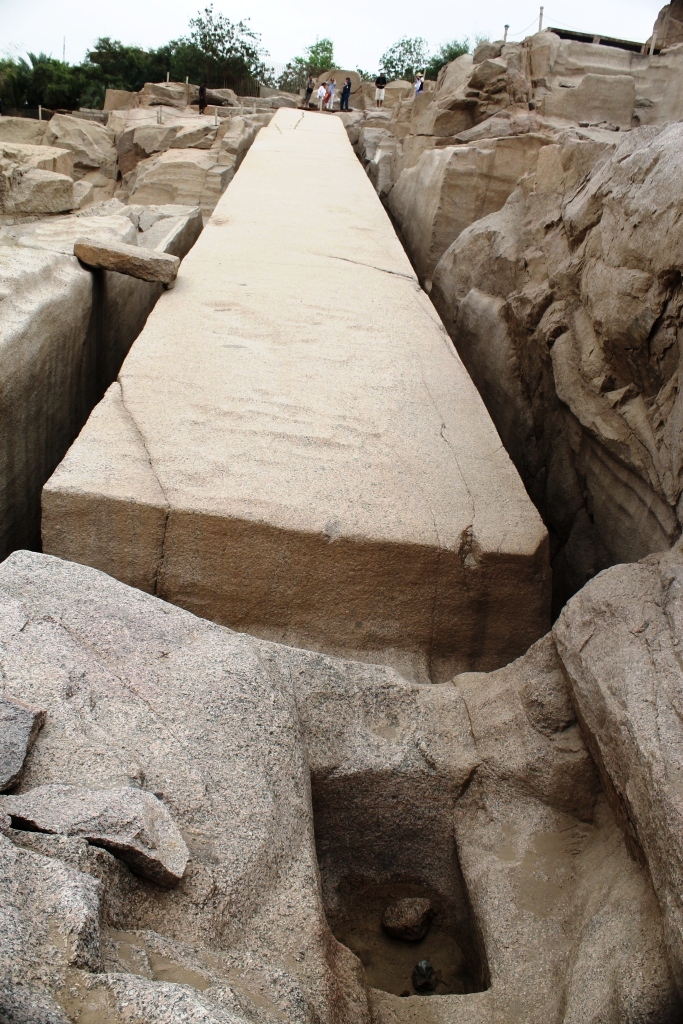
When planning the creation of an obelisk the quarry men would look for a suitable length of bedrock that had no visible flaws or cracks.
Then they would make a series of small holes with probably copper tools in a line at regular intervals, similar to a row of hyphens (- – – – – -). Next they would hammer sun dried wooden wedges into these holes.
These wooden wedges were then repeatedly soaked with water and would gradually expand over time, and yes, believe it or not, the power generated by wet wood expanding is strong enough to break a granite block free from a granite bedrock, a process which was used right across the world.
We have seen this method used the old quarries of Malta, France and in England too.
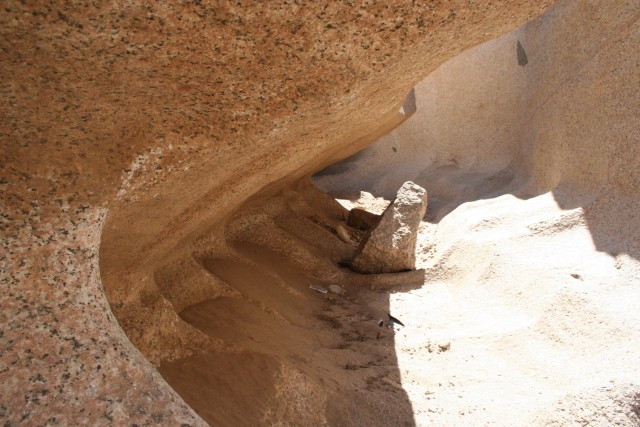
This gigantic Obelisk is said to have been abandoned due to a crack that appeared on its surface.
Chris Dunn raised the question as to why none of it was ever again quarried or used in future projects, as it is a very useful and perfectly ‘prepared’ chunk of megalithic rock.
Also, some time after it was originally abandoned, drill-holes were made in the top surface where perhaps a smaller obelisk was being marked out.
This outline also went through the ‘crack’ which archaeologists say was the reason it was never originally completed. But then why would they start cutting out another smaller obelisk if there was a crack in it?
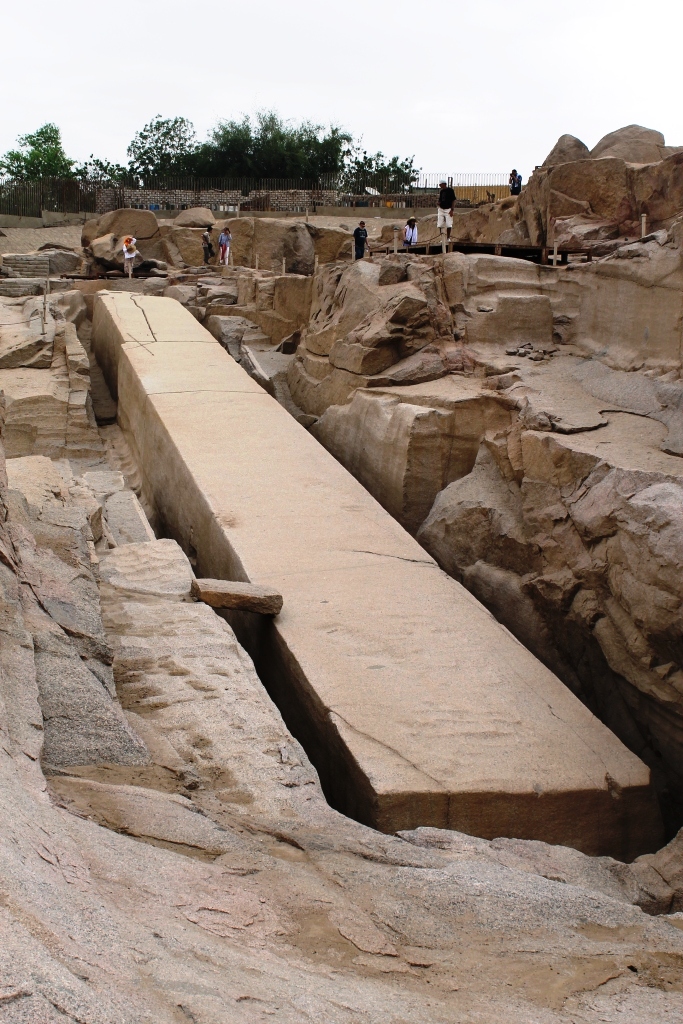
Chris Dunn, in his book Advanced Technology in Ancient Egypt suggests the crack happened much later, and that the monolith was left there long ‘before’ the crack ever happened, as though it was abandoned.
Furthermore, the rites and ceremonies of the ancient Egyptians hint that Obelisks were imbued with some special power, or spirit, so maybe that prevented them from ever being able to use that particular piece of granite again, suggesting, because it has been ‘charged’ and imbued with power, it had to stay there and remain untouched. Perhaps someone forgot that (maybe the Romans) when they started marking out the smaller Obelisk.
Besides the unfinished obelisk, an unfinished partly worked obelisk base was discovered in 2005 at the quarries of Aswan. Also discovered were some rock carvings and remains that may correspond to the site where most of the famous obelisks were worked.
All these quarries in Aswan and the unfinished objects are an open-air museum and are officially protected by the Egyptian government as an archaeological site.
The quarries of Aswan are located along the Nile in the city of Aswan. There are a number of well-known sites: Shellal, consisting of northern and southern quarries within an area of about 7.7 sq miles on the west bank, and the islands of Elephantine and Seheil.
One of the known directors of the Aswan sites was Hori during the reign of Ramses III. In the present days, the quarry area is to become an open-air museum.
Typical materials known from this site are:
- Red, grey and black granite
Some of the monuments known to come from this site are:
- Cleopatra’s Needles
- The unfinished obelisk still on site, at the northern quarry
- The unfinished partly worked obelisk base, discovered in 2005
- The sarcophagus made from granite at the burial chambers of Djoser at Saqqara and Sneferu at Dahshur
- Many burial chambers, sarcophagi, columns, and other structures in the pyramids of Khufu, Khafre and Menkaure at Giza
